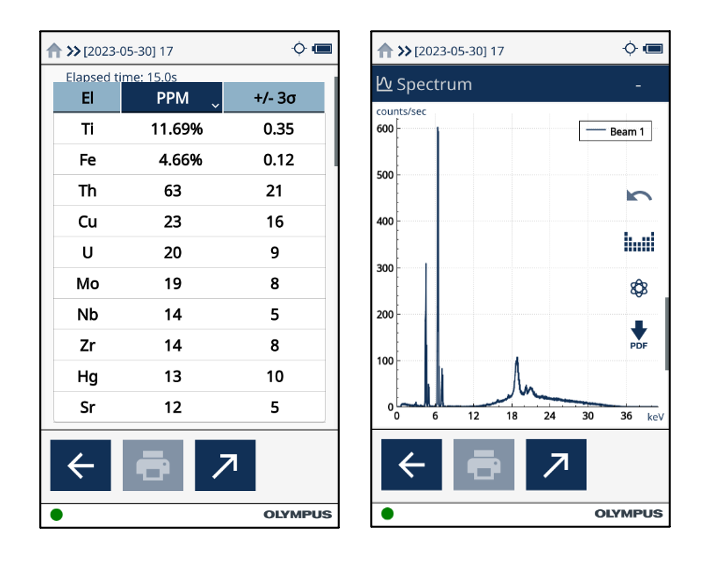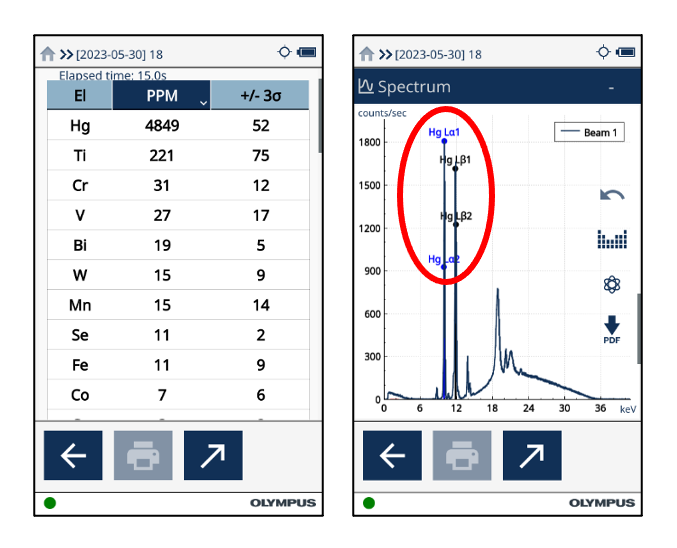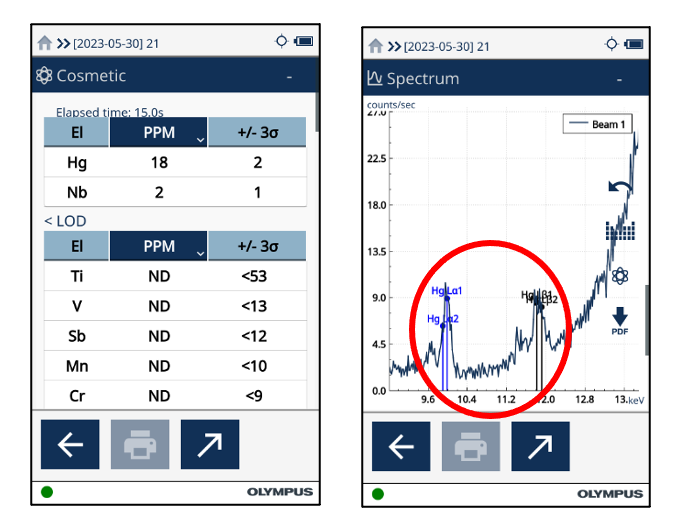Cosmetics are products used to enhance, preserve, clean, or alter the appearance of the body. They include a wide range of products, from makeup and skin care creams to soap and perfume.
The use of cosmetics is influenced by factors such as culture, society, and personal preferences. Many people use cosmetics such as makeup to color or beautify the face. Makeup can be used to hide imperfections such as blemishes, scars, or dark circles under the eyes, as well as highlight and draw attention to distinctive features such as the eyes, lips, or cheekbones. Beyond makeup, cosmetics include a broad range of personal care products such as shampoo, body wash, sunscreen, cleansers, and many other products that are applied to the body, face, nails, or hair.
As cosmetics are widely used, it is important to know the various elements or compounds in these products to ensure they are safe to use.
Examples of Compounds or Elements Found in Cosmetics
There are specific compounds or elements that have shown exceptional capabilities to improve on one’s skin conditions and looks. One example is zinc oxide, which is commonly found in sunblock products as it can help to protect the skin from the harmful ultraviolet (UV) radiation. It is also anti-inflammatory and can help to soothe and calm irritated skin. Vitamin C is another compound that is commonly found in skincare products, as it is a powerful antioxidant that can help protect the skin from damage caused by free radicals. It also plays a role in collagen synthesis, which helps keep the skin firm and youthful.
Despite the advantages cosmetic and skincare products provide to one’s skin, there could be instances where they also contain harmful elements, such as lead, mercury, and cadmium. These toxic heavy metals can be either intentionally added to cosmetics or present as contaminations in the raw materials.
Lead is commonly used as a colorant, particularly in lipstick, eye shadow, and blush, as it can provide a range of vibrant and long-lasting shades. However, exposure to lead can cause reproductive problems, high blood pressure, and increased risk of heart disease and stroke in adults.
Mercury is commonly used in skin-lightening creams and certain types of eye makeup such as mascara. It is added to skin-lightening creams because mercury can help inhibit the production of melanin—the pigment that gives skin its color, as well as lighten the appearance of blemishes or dark spots. In mascara, small amounts of mercury are used as a preservative and to prevent bacterial growth that could cause infections in the eye. However, as mercury compounds are easily absorbed into the skin via topical application and tend to accumulate in the body, they can cause an allergic skin reaction, skin irritation, or neurotoxic issues.
Cadmium may also be present as a contaminant in certain cosmetic ingredients, such as colorants and pigments that are derived from natural sources. This could be due to poor manufacturing practices or using contaminated raw materials. Exposure to cadmium can lead to detrimental health effects, such as heart failure, kidney disorders, and brain damage.
The United States Food and Drug Administration (FDA) has provided limits to heavy metals in cosmetics. Table 1 shows the limits for mercury in cosmetics (under conditions of the good manufacturing practice 21 CFR 700.13).
Table 1: Maximum Limits of Mercury in Cosmetics
| Description | Maximum Limit (ppm) |
|---|---|
| Level of mercury in eye area products | 65 ppm |
| Level of mercury in other cosmetics | 1 ppm |
How Is XRF Used for Elemental Analysis of Cosmetics?
.jpeg?rev=52CC)
X-ray fluorescence, or XRF, is particularly useful for this application, as it can analyze heavy metals such as lead, cadmium, and mercury in cosmetics and skincare products. The analysis is nondestructive, and it can also provide fast and accurate screening results.
Figure 1 to Figure 3 shows the test results from a Vanta™ handheld XRF analyzer for various cosmetic products. Notably, the Vanta analyzer can analyze mercury concentrations as low as 10 ppm.

Figure 1. Chemistry results and spectrum for sample A.

Figure 2. Chemistry results and spectrum for sample B. Peaks circled in red are mercury peaks, indicating that there is mercury present in sample B.

Figure 3. Chemistry results and spectrum for sample C.
The Vanta XRF analyzer can be used as a screening tool to test for hazardous elements in cosmetics, as these may not be declared in the cosmetic’s ingredient list. This nondestructive analysis can also provide users with fast and accurate results with minimal sample preparation. Lastly, with an intuitive user interface and customizable software, the Vanta XRF analyzer is easy to use and learn for high-throughput testing and enhanced productivity.


